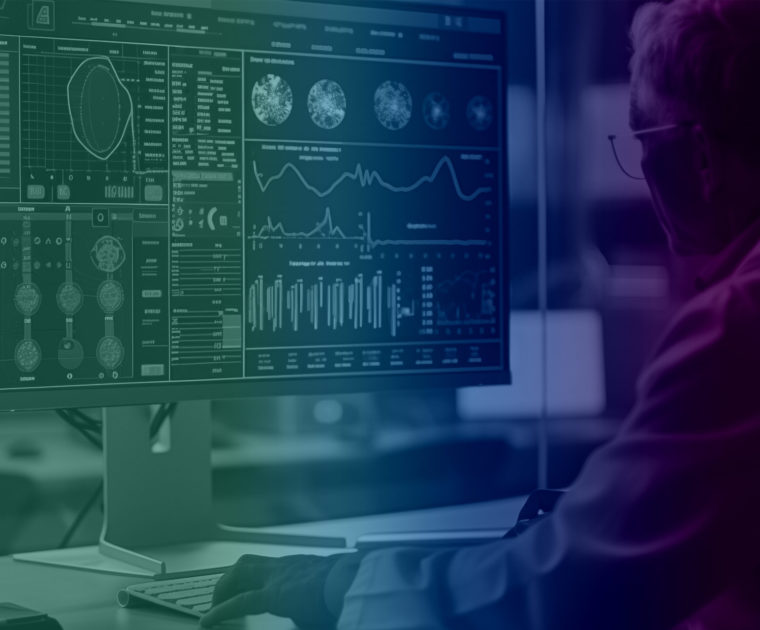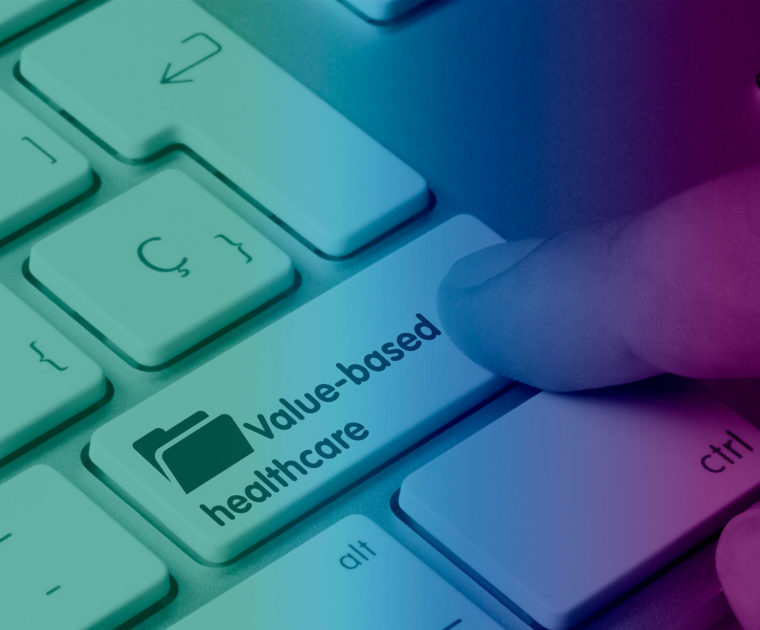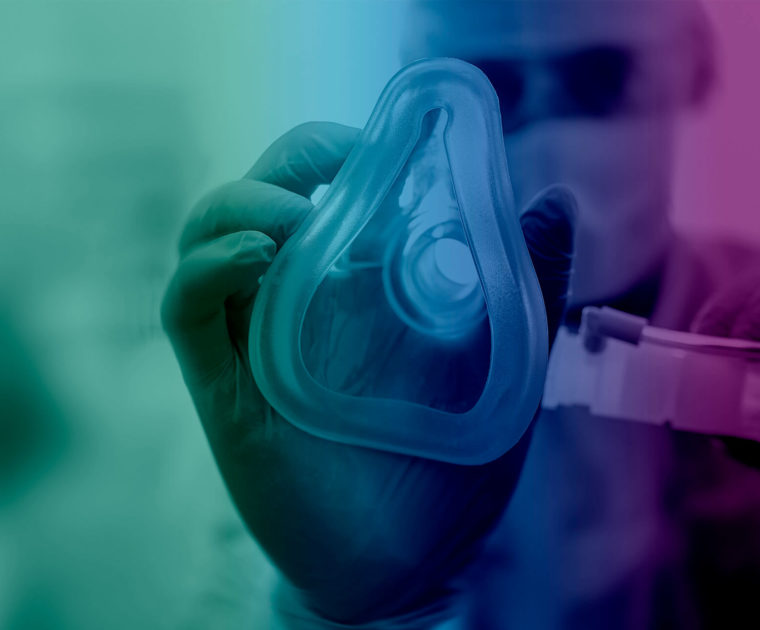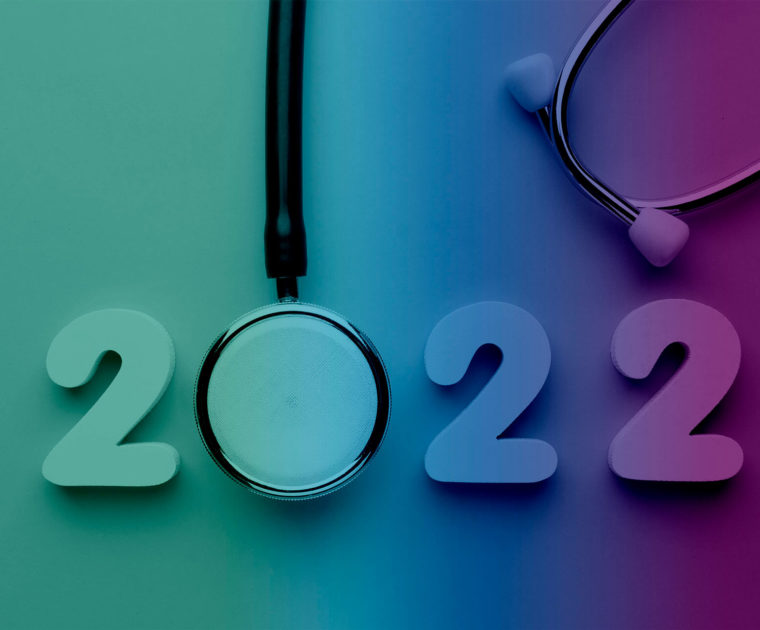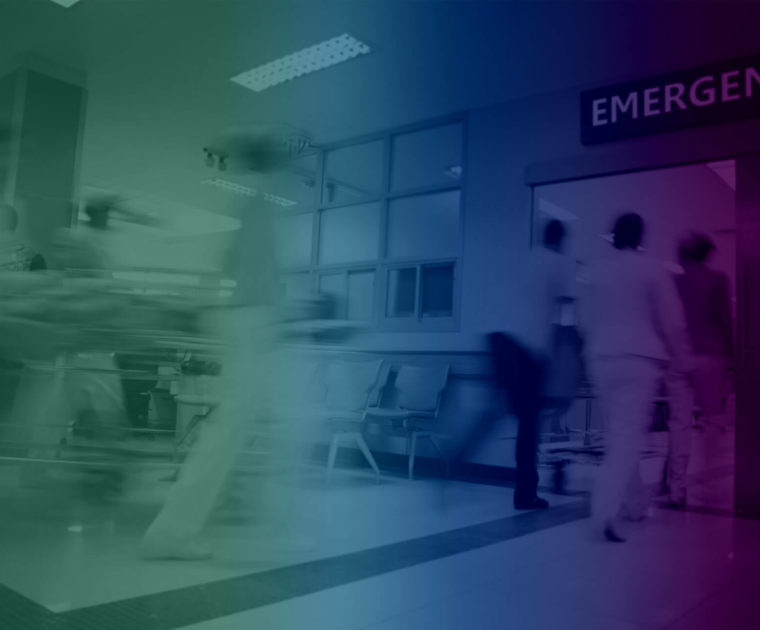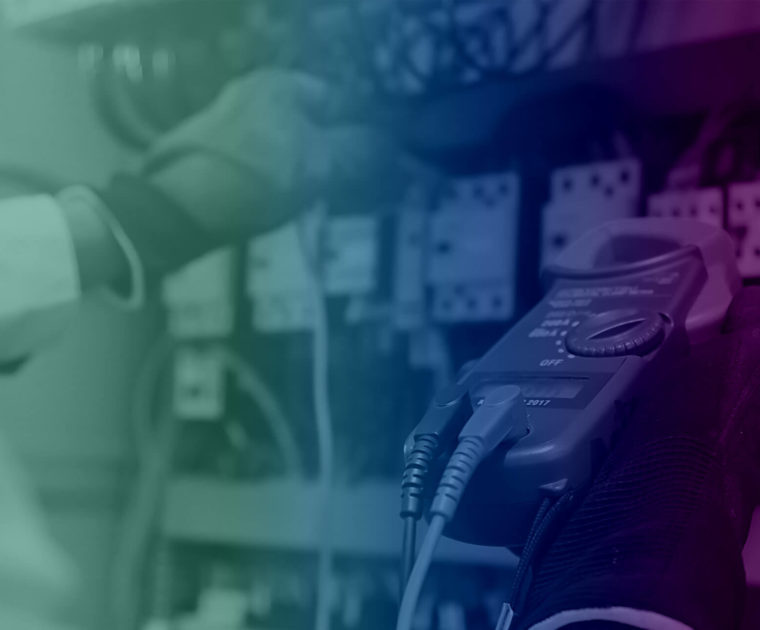Hospital units, especially ICUs, are contexts with high risks of electrical failures if they do not have an adequate electrical safety system.
Today, most medical devices are electronic, so they are powered by power supplies and the electrical grid. If an electrical safety failure occurs, the risk of patient injury is high. Especially, in areas such as the ICU or other critical areas in health centers.
The ICU is the intensive care unit of a hospital, that is, the area of a hospital center where the most seriously ill patients who require continuous and specific surveillance and attention are admitted.
By critical areas we understand those areas of the hospitals where health care is produced in which the risk is high. In addition to the ICU, for example, we find operating rooms, emergencies, clean rooms, isolation rooms, ICU…
To maintain hospital electrical safety in these areas, there are various elements that protect and guarantee the electrical supply. We are talking about, for example, IT power systems, uninterruptible power supplies or ground connections, among others.









